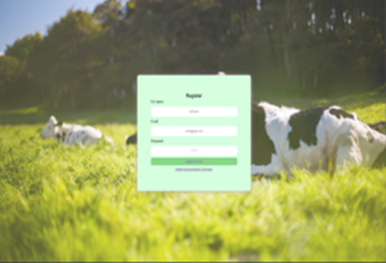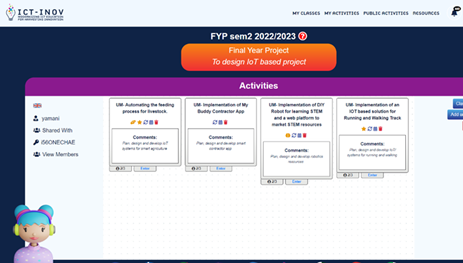
Description of the course
This course introduces students to research methodologies and activities, including problem identification, literature review, data collection, writing research proposal and project presentation, system analysis and design, system implementation, testing and evaluating the developed system, project presentation, and writing an academic report.
Description of the participants
Participants are enrolled full-time in the Bachelor’s in Computer Science program on Computer Systems, Networking, and Software Engineering. The course was conducted in semester 2 of academic year 2022 – 2023.
Description of gamified design thinking activities
Students work on an academic project, the objectives of which are to:
- Identify a solution approach that is suitable for the stated problem.
- Conduct suitable requirement gathering, system analysis, and design techniques.
- Present project proposal paper.
- Develop a system based on the solution approach and method identified.
- Present the implemented project.
- Implement system with ethics and professionalism.
Project themes can involve some of the following:
- Implement the automation of the feeding process for livestock.
- Implement a DIY robot for learning STEM and a web platform to market STEM resources.
- Implement “my buddy contractor” application.
- Implement an IoT solution for running and walking tracks.
During the implementation of the project students used design thinking to synthesize innovative solutions. Work was organized in the following steps:
Step 1. Empathy and problem definition.
Students performed elicitation and analysis of the problem.
Step 2. Ideation Stage.
Students sketched and structured their ideas on system design.
Step 3. Design.
Students outlined the conceptual design and wireframing of the interface. They performed data processing and cleaning, ensuring that data is formatted in a way that is suitable for visualization. They selected appropriate data visualization techniques. They designed the application user interface.
Step 4. Prototyping.
Students developed a prototype of their system through software coding in an appropriate language and platform.
Step 5. Testing and refinement.
Students tested their system to identify bugs and issues. They refined their system to improve performance and user experience.


